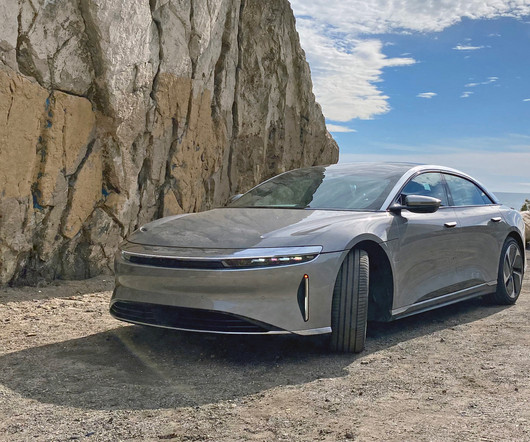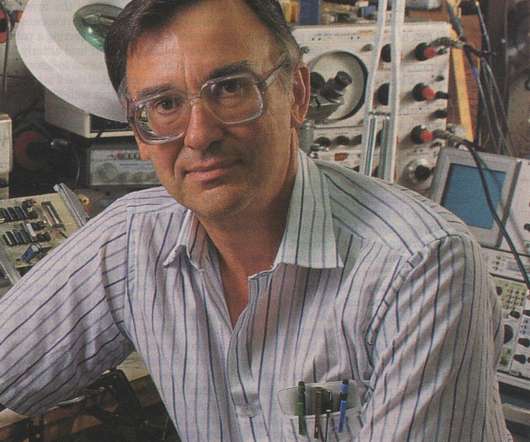Google’s technology campaign for autonomous driving
Green Car Congress
MAY 25, 2012
In 2009, Levandowski used an autonomous vehicle to deliver a pizza through the streets of San Francisco. Google’s fleet of converted Priuses have travelled more than 250,000 miles in autonomous mode and Google believes they’ll need to covered closer to one million miles before the technology can be released onto the market.












Let's personalize your content